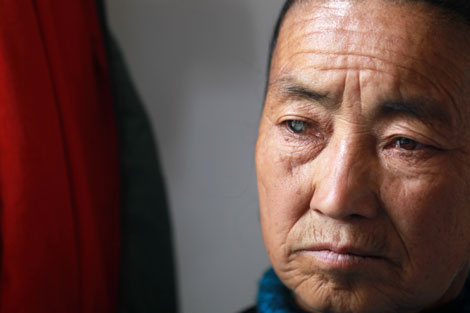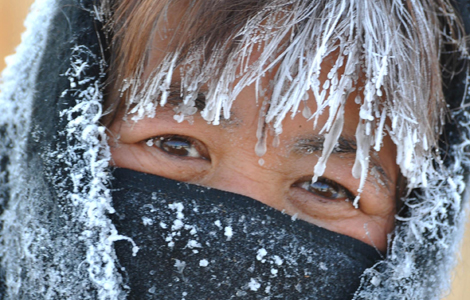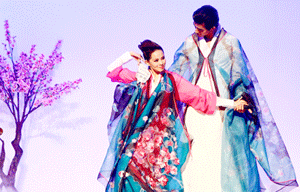Chinese prefer to buy luxury itmes overseas
Updated: 2011-11-22 17:12
(Xinhua)
|
|||||||||
SHANGHAI - More than 50 percent of luxury purchases by Chinese consumers take place overseas, of which half take place in duty-free shops, according to a report issued on Monday.
The 2011 China Luxury Report was jointly released by the Research Center for Luxury Goods and Services at Beijing's University of International Business and Economics (UIBE) and Fortune Character, a lifestyle magazine targeted at wealthy people.
One-hundred and fifteen products from 65 international luxury brands in both domestic and overseas markets were monitored to create the report.
The results indicated that most of the luxury products sold in Chinese markets are more expensive than those found in international markets.
The price gaps, which have encouraged China's wealthy to spend large amounts of money outside of the country, are partly caused by taxes and additional charges generated during the circulation and sales process, said Yu Wenlong, the China region general manager at Buben & Zorweg, a world-renowned luxury brand.
"Actually, Chinese consumers can buy luxury goods in domestic duty-free shops quite conveniently," said Zhou Ting, executive director of UIBE's Research Center for Luxury Goods and Services.
"The development of domestic markets needs support from the government, urban planning from city authorities and a shift in the buying habits of Chinese consumers," Zhou said.
Domestic duty-free shops are currently operating on a trial basis in the cities of Sanya and Haikou in south China's Hainan province.
Zhou said Chinese duty-free shops should change their current business model and provide more support services, such as introductions and explanations of brands and products, as well as recreational services.
According to the research done by the World Luxury Association (WLA), Chinese consumers ranked first in terms of overseas consumption of luxury goods in 2010, and the WLA estimates that China will overtake Japan to produce the largest number of luxury-goods consumers in 2012.











